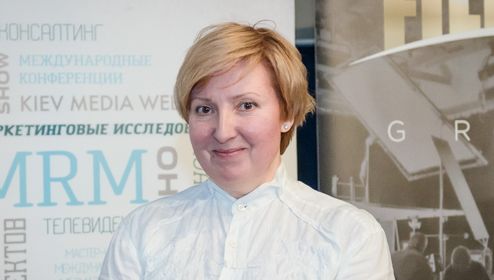
February 5 we held a workshop on costume design. We discussed the work of costume designer, the need for education, collaboration of departments while working on the film, working with the main actors and professional techniques to help facilitate the work of costume designers. Traditionally, we have prepared for you a brief summary of the workshop:
FILM.UA Group
22, Mykoly Zakrevskoho str., Kyiv, 02232, Ukraine
tеl.: 0 800 308 028, +380 44 501-39-71 fax: +380 44 546-68-97 e-mail: info@film.ua
Developed by Argentum IT Lab
